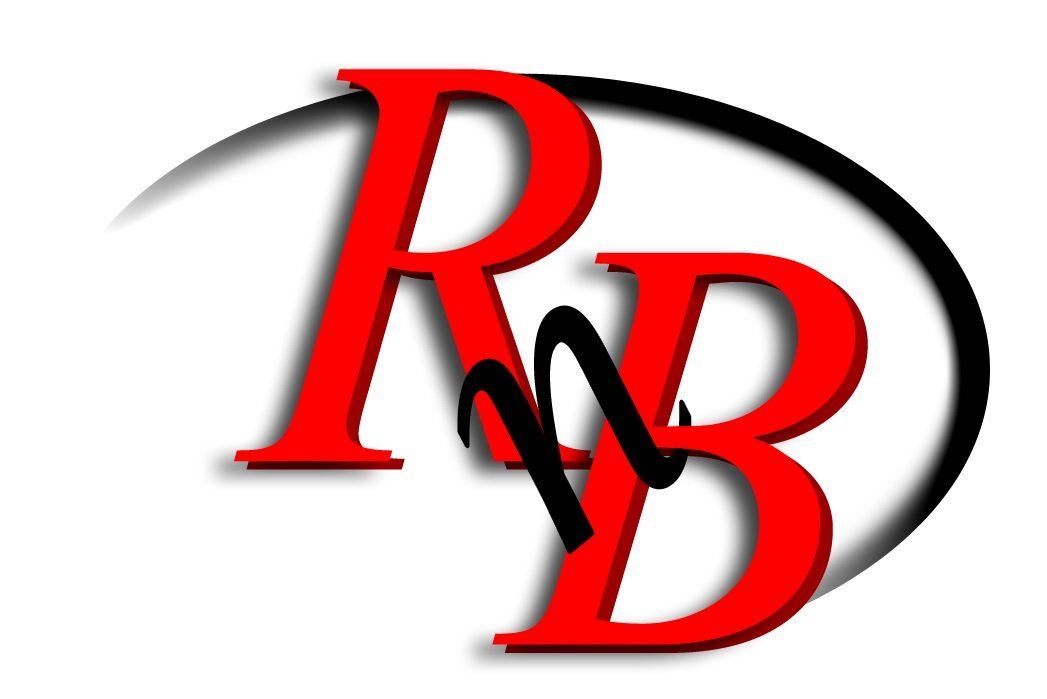Pro AV Catalog
Manufacturers
PRODUCT CATEGORIES
Matching Keywords
Model Numbers
Chief
6436 City West Parkway
Eden Prairie, MN 55344
United States
Eden Prairie, MN 55344
United States
Project List
Racks 101: How do I Decide Which Rack Systems to Get for a Project?
Posted on Tuesday, October 15, 2013

We’re celebrating AV Week with a blog series about rack systems. Welcome to part two of the series with Rob Zurn, a Product Manager at Chief with more than 20 years’ experience with AV rack systems in the AV industry. I sat down with him to get the scoop on some basic questions when it comes to AV rack systems. In part one, we discussed why rack systems are necessary. In part two, we get into how to decide which rack system to get for your project.AV week logo
Joel: Rob, so what is the difference between the G series AV racks and the E series AV racks from Chief? Why would I get one or the other for a particular project?
Rob: It’s pretty easy. With the G series, the G stands for ganged. So if you have a big system and you want to have multiple racks next to each other, you need the G series rack systems.
Long story short, whether the rack systems are the E series or the G series, they look exactly the same, which is really nice for us. The doors match and everything else matches. But, the gangable rack system is going to be for bigger systems where you want to have open space between the racks to route all the wires and such.
And the closed rack system, the E series, is kind of a stand-alone. It’s a completely enclosed, welded frame, but it serves the same purpose as the G. The E series racks aren’t designed to be ganged together, but you could.
Joel: So the E series and G series are Chief’s basic rack systems that you can order in different heights and depths for pretty much everything you are going to need a rack for?
Rob: Yes.
Joel: OK. So then the S series knock down rack systems are kind of a basic, economical, easy-to-ship rack?
Rob: Exactly, you aren’t shipping empty air, which by the way is the whole point of RackBuilder™ Delivered. We figured we’re shipping this thing anyway, might as well fill it up.
The S series is a skeleton, knock down rack system that ships via a small box with the top and bottom and a tube with the rails and that’s it. The nice thing about that is it’s UPS shippable and you can size it on site. So if the place you were intending to put the rack system all of a sudden has other stuff in it, you can cut the rails down and make it fit. It’s just an inexpensive, universal rack system that will hold stuff that doesn’t need to be secured or aesthetic – perhaps because it’s in a bigger room that already is secure.
Joel: That covers the main three racks from Chief, but what about other rack systems?
Rob: The ROTR is really an S1 with pull-out swivel capability for built in enclosures.
Then we have on-wall with the W series. On-walls are typically smaller. They serve the same function but without taking up floor space. They don’t have a footprint. Also, if you have a little 20 U rack system, everything is down low and it’s a pain to work off of. If you have it wall mounted, it’s easier to get at.
Keep in mind that you will have to go behind there sometime. So the rack systems are to hold stuff, but the other benefit is making it easy to service. For most people, which rack systems they choose is dependent on the situation. Can they pull it out? Do they have a budget? How much equipment does it need to hold?
Joel: So when someone came in to your business, how did you decide what type of rack system to get?
Rob: The rack system is never discussed in terms of product with the user, homeowner, company or whatever. The customer says I want a simple interface, I want to be able to control my lights, I want to make a phone call and want to say which room is getting what. The AV person will translate that into a list of products, and at that point the rack will design itself around the solution to make the desired outcome work. From a list of needs of what the customer says to how much is needed for the rack system, that design goes from needs to product, and it just falls into place. How each individual company does that and who does it in the company can differ. So they’re not picking a rack and saying I am going to build a system around this rack. The rack becomes part of what they need.
In Part Three, we ask Rob how designers can simplify their rack process.
You must be logged in to add more than four items to your comparison list.
Register today!
With a free My-iQ account, you'll be able to keep track of the latest updates and
event notifications from your favorite AV
manufacturers, manage your own projects and discover new pro-AV products.
close
Thank you!
Someone will be in touch with you shortly.
Contact RnB Enterprises, Inc.
close
Request more information from a dealer near you
close
Request more information from a dealer near you
We design and install spaces to be functional and work smarter based on your specific needs. Let’s talk technology
REQUEST A CONSULT
OR CALL 800-998-8865
Quick Links
Share by:



